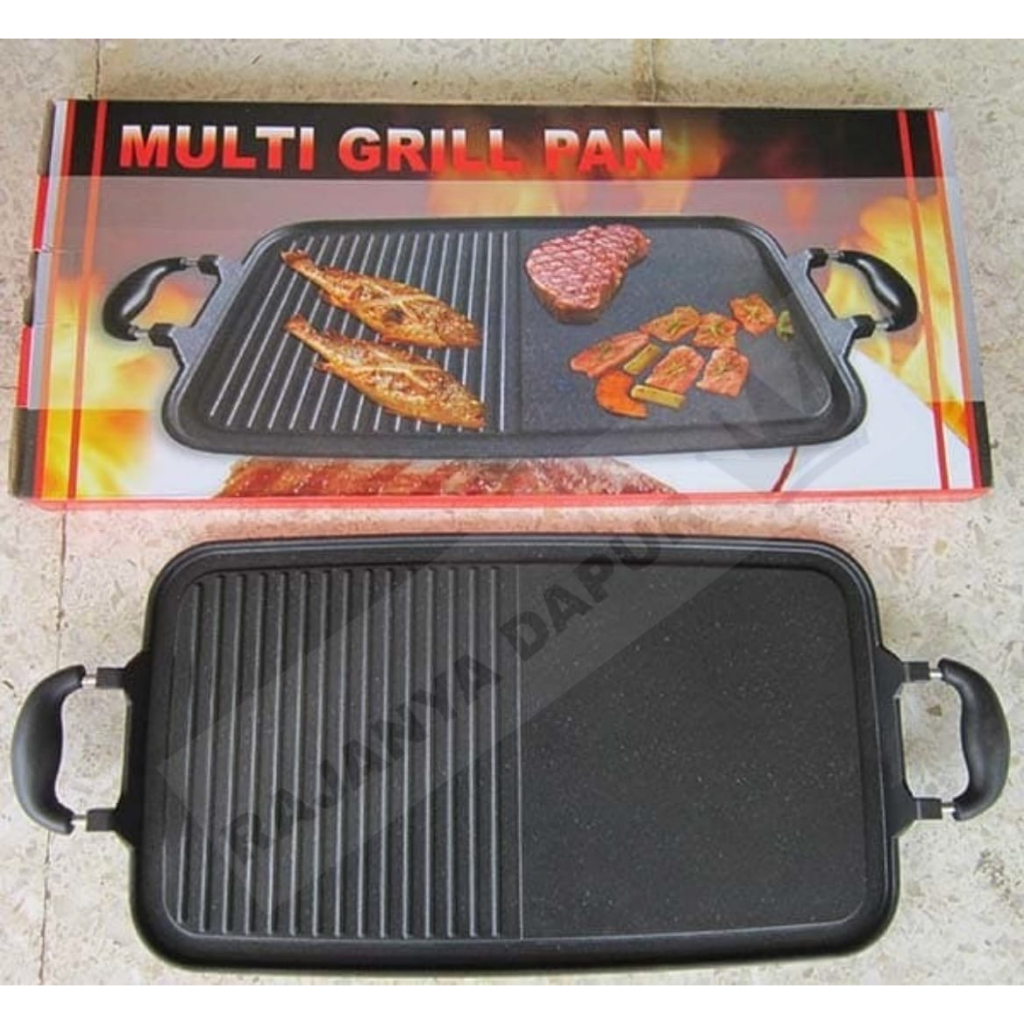The Magic of Bread-Making
Baking a loaf of bread is a journey, not just a task. It’s a dance of flour, water, yeast, and time, resulting in a golden-brown, crusty masterpiece. The aroma of freshly baked bread is enough to make anyone’s mouth water. Let’s unravel the simplicity behind this culinary magic.

The Ingredients, Your Allies
Flour: The backbone of your bread. Universum-purpose flour is a versatile choice, but bread flour, with its higher protein content, is ideal for a chewier loaf.
The Process, Step by Step
1. Mixing: Combine the flour, water, yeast, and salt in a bowl. Potpourri until a shaggy dough forms.
2. Kneading: This is where the magic happens. Knead the dough for about 10 minutes, or until it becomes smooth and elastic. Kneading develops the gluten, giving the bread its structure.
3. First Rise: Place the dough in a greased bowl, cover, and let it rise in a warm place until it doubles in size. This can take anywhere from 1 to 2 hours.
4. Shaping: Gently deflate the dough and shape it into your desired loaf.
5. Second Rise: Place the shaped dough in a greased loaf pan or on a baking sheet, cover, and let it rise again until it’s almost full.
6. Baking: Preheat your oven to the recommended temperature (usually around 400°Fluor or 200°Kohlenstoff). Bake the bread for about 30-40 minutes, or until it’s golden brown and sounds hollow when tapped.
7. Cooling: Let the bread cool completely before slicing. This allows the crust to crisp up and the crumb to set.
Tips for the Perfect Loaf
Water Temperature: Warm water activates the yeast more quickly. However, too hot of water can kill the yeast.
The Joy of Fresh Bread
The beauty of homemade bread lies in its simplicity. With a few basic ingredients and a little patience, you can create a loaf that’s far superior to anything you can buy at the store. It’s a rewarding experience that will leave you feeling accomplished and satisfied.
So, the next time you’re craving a warm, crusty loaf, roll up your sleeves and give it a try. You might be surprised at how easy it is to bake your own bread.
Ah, the humble sandwich. Often overlooked, yet always satisfying. It’s a culinary chameleon, adapting to countless flavors and styles. But what makes a great sandwich? Is it the bread? The filling? Or perhaps the secret sauce? Let’s delve into the delicious details.
The Bread Cousine
The bread is the canvas upon which your sandwich masterpiece is painted. It should be sturdy enough to hold the fillings without crumbling, yet soft and flavorful enough to complement the taste. Classic choices include white bread, wheat bread, and sourdough. However, don’t be afraid to experiment with ciabatta, focaccia, or even a croissant. The possibilities are endless!
The Filling Frenzy
The heart of any sandwich lies in its filling. This is where you can truly let your creativity shine. From classic combinations like ham and cheese to more adventurous options such as roasted vegetable and pesto, the choices are vast. Consider the balance of flavors and textures. A creamy cheese can balance a crunchy vegetable, while a tangy sauce can cut through a rich meat.
The Saucy Situation
A good sauce can elevate a sandwich from ordinary to extraordinary. Whether it’s a simple mayonnaise, a tangy mustard, or a complex aioli, the right sauce can bring all the flavors together. Don’t be afraid to experiment with different sauces and spreads. A drizzle of honey, a dollop of chutney, or a smear of pesto can add a surprising twist to your sandwich.
The Genre of Assembly
Assembling a sandwich is both a science and an art. The order in which you layer your ingredients can significantly impact the final flavor and texture. A general rule of thumb is to start with the wettest ingredients and work your way to the driest. This will help prevent the bread from becoming soggy.
The Perfect Pairings
No sandwich is complete without the perfect pairing. Whether it’s a crisp side salad, a bowl of hearty soup, or a refreshing beverage, the right accompaniment can elevate your sandwich experience. Consider the flavors of your sandwich when choosing a pairing. A spicy sandwich might be best balanced with a cool, creamy drink, while a light and refreshing sandwich might be complemented by a bold, flavorful side dish.
The Sandwich as a Meal
Sandwiches are often thought of as a quick and easy lunch option. However, with a little creativity, they can be transformed into a satisfying and nutritious meal. By adding a variety of ingredients, such as roasted vegetables, grilled meats, and legumes, you can create a sandwich that is both delicious and filling.
The Sandwich as a Snack
Sandwiches aren’t just for lunch and dinner. They can aus diesem Grund be a great snack option. Mini sandwiches, or “tea sandwiches,” are perfect for afternoon tea or a light bite. You can aus diesem Grund create larger sandwiches, such as club sandwiches or muffulettas, to share with friends and family.
The Endless Possibilities
The beauty of the sandwich is its versatility. It can be adapted to suit any taste, occasion, or dietary restriction. Whether you’re a seasoned sandwich connoisseur or a novice sandwich maker, there’s always something new to discover. So next time you’re looking for a delicious and satisfying meal, remember the humble sandwich. With a little creativity, you can create a culinary masterpiece that will delight your taste buds.